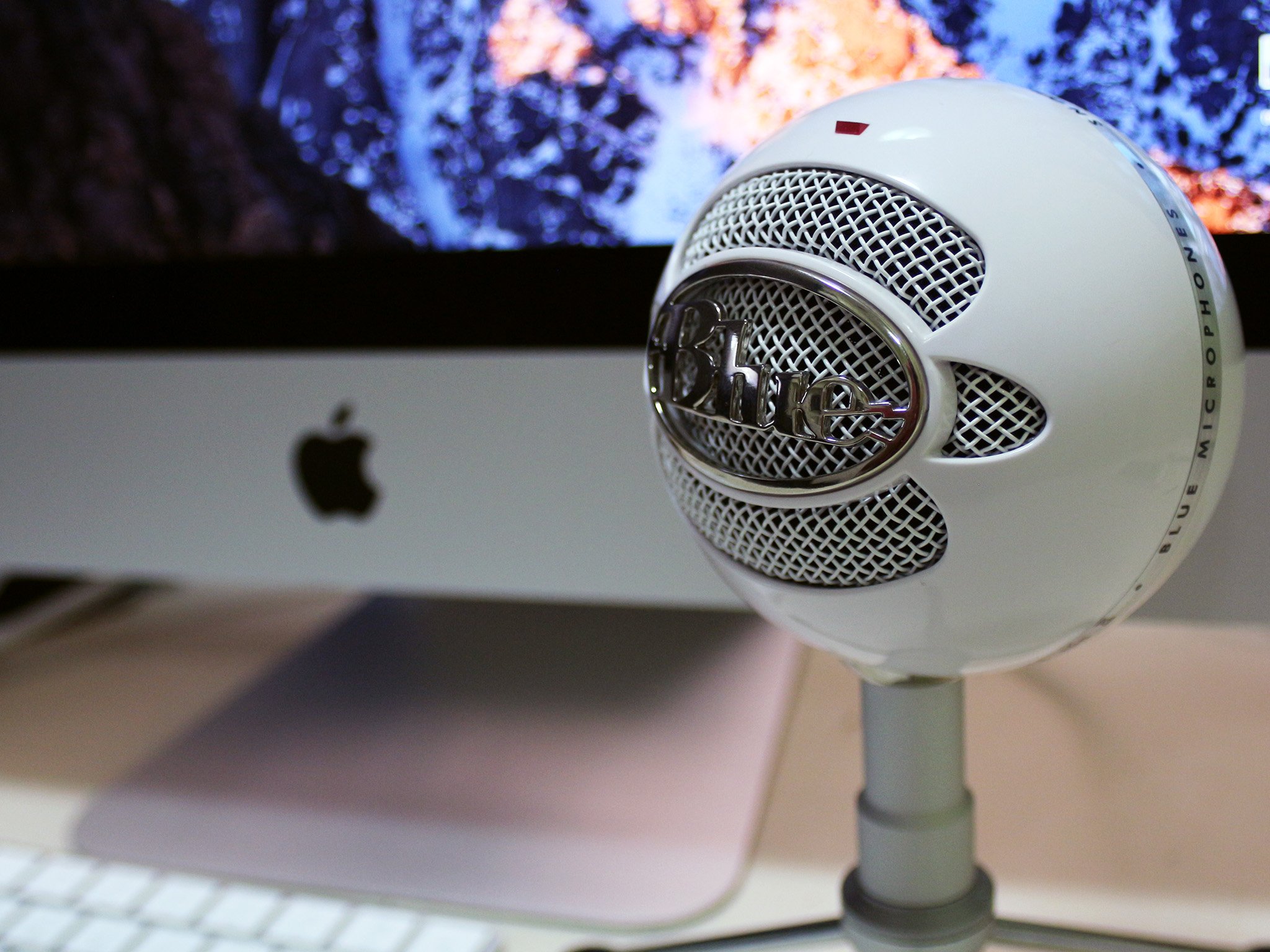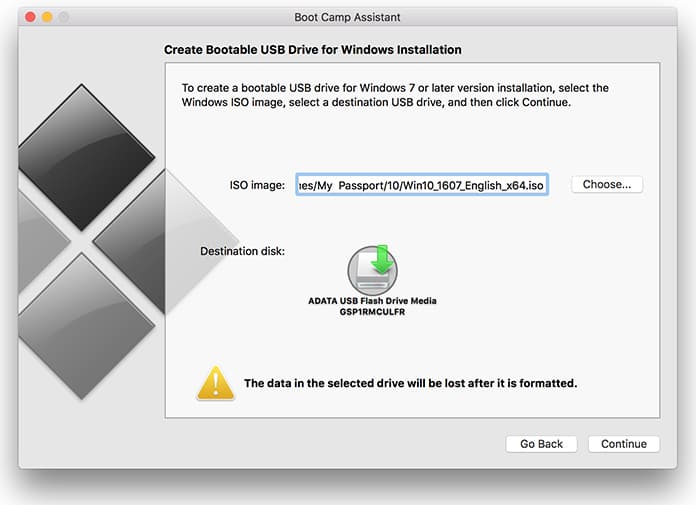Symptoms
- Check if the USB device is recognized on another laptop. If it is still not detected, it suggests that the.
- The macOS installer file is large with approximate size of 6 to 10GB depending upon the.
- The USB-C Digital AV Multiport Adapter lets you connect your USB-C-enabled Mac or iPad to an HDMI display, while also connecting a standard USB device and a USB-C charging cable. This adapter allows you to mirror your Mac or iPad display to your HDMI-enabled TV or display.
Symptoms such as these could mean that a device connected to the USB-A , USB-C , or Thunderbolt 3 (USB-C) port on your Mac isn't getting enough power:
Editor for php mac os. A flexible plugin system which allows you to add new featuresDownload link: 14) Light Tableis an IDE and text editor tool for coding software. Support for text wrapping and auto indentation. Search and replace with the support of regular expressions.

- A message says that the device needs more power, the operation can't be completed, or USB devices are disabled until you unplug the device using too much power.
- An operation that requires more power doesn't work. For example, writing to disk requires more power than reading from it.
- The device doesn't turn on or isn't recognized by your Mac.

See Usb Devices Mac
Solutions
Usb Storage Device For Mac


- Use your device as a self-powered device or connect it to a powered USB or Thunderbolt 3 (USB-C) hub if possible.
Self-powered devices get power from an electrical outlet or their own battery. Bus-powered devices get power from the device they're plugged into, such as your Mac. - Reduce the total amount of power needed from your Mac by reducing the number of bus-powered devices connected to your Mac, or using more of them as self-powered devices.
- If your device is plugged into another device (such as a display or multiport adapter) as part of a chain of devices, the other device might not be providing enough power or passing through enough power from your Mac. Plug your device directly into your Mac instead.
- Make sure that the port on your Mac and the cable you're using to connect it to your device both support the same or later USB specification as your device. For example, a device designed to support the USB 3 specification might not get enough power when plugged into a USB 2 port or cable.
- Try a different cable, in case the cable that you're using is damaged or defective. If you're using an adapter with your cable, the adapter could also be damaged or defective.
- If your Mac has multiple Thunderbolt 3 ports, connect your device to a Thunderbolt 3 port farthest away from the current port. For example, if your device is connected to the ports on the left side of MacBook Pro, connect to the Thunderbolt 3 ports on the right side.
- If your device has software (such as drivers or firmware) that can be updated, make sure that it's using the latest software from the manufacturer. To get firmware updates for Apple accessories, update your Apple software.
- Make sure that your Mac is awake and started up from the Mac operating system. Some Apple devices can request extra power only when your Mac is awake or started up from macOS.
Learn more about USB power on your Mac
Fifa 15 torrent for mac download. How to Connect Devices to Your Mac Using a USB Port You can use a Universal Serial Bus (USB) to connect printers, scanners, digital cameras, webcams, iPods, joysticks, speakers, keychain disk drives, piano keyboards, and even your mouse and computer keyboard to your Mac. Belkin BOOST↑CHARGE USB-C Cable with Lightning Connector + Strap (4 ft./1.2 m) - Previous Gallery Image; Belkin BOOST↑CHARGE USB-C Cable with Lightning Connector + Strap (4 ft./1.2 m).
System Information provides additional detail about USB power on your Mac. Connect the USB device directly to your Mac, then select USB from the sidebar in System Information. For each USB device, System Information shows:
- Current Available: The default power provided by the port to which your device is connected.
- Current Required: The power needed by your device.
- Extra Operating Current: Mac computers and Apple displays introduced after 2006, when directly connected to certain Apple devices such as iPhone or iPad, can provide extra power over one or more ports. The Mac or display must be powered on and awake to provide this extra power. A Mac started from the Windows operating system doesn't provide extra power.
Learn more about the power available under each USB specification, such as USB 2 and USB 3.

